
Best Homemade method to Kill moss on tarmac driveway
Read more
7 Peat Moss Spreaders: Perfect To Use On Lawns
Read more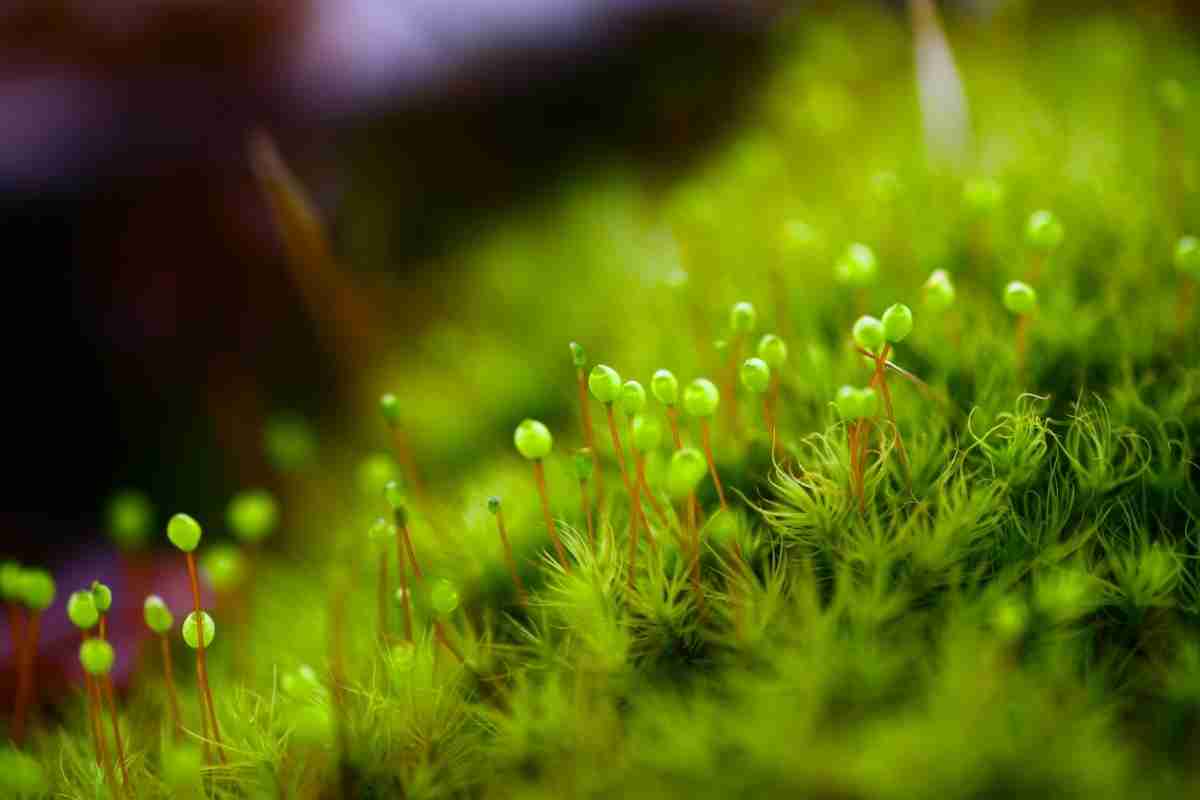
How Does Moss Reproduce? (Asexually And Sexually)
Read more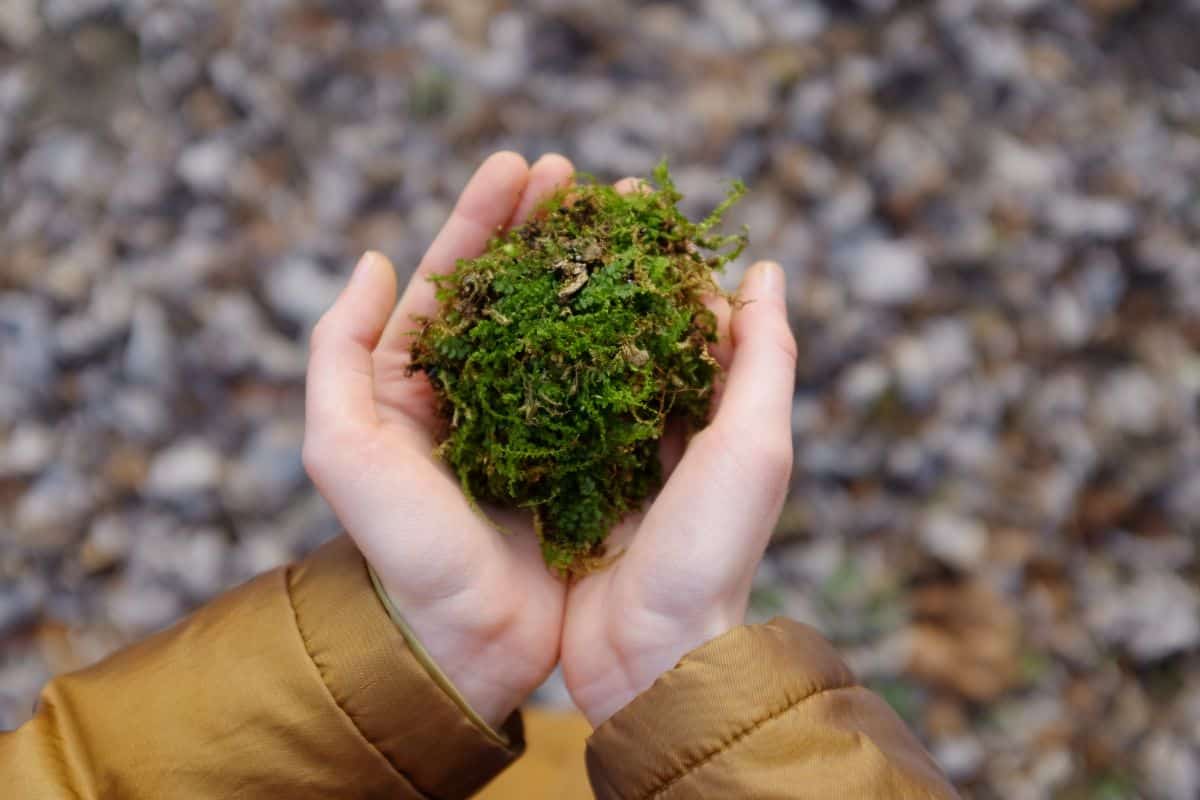
How Long Does Sphagnum Moss Last?
Read more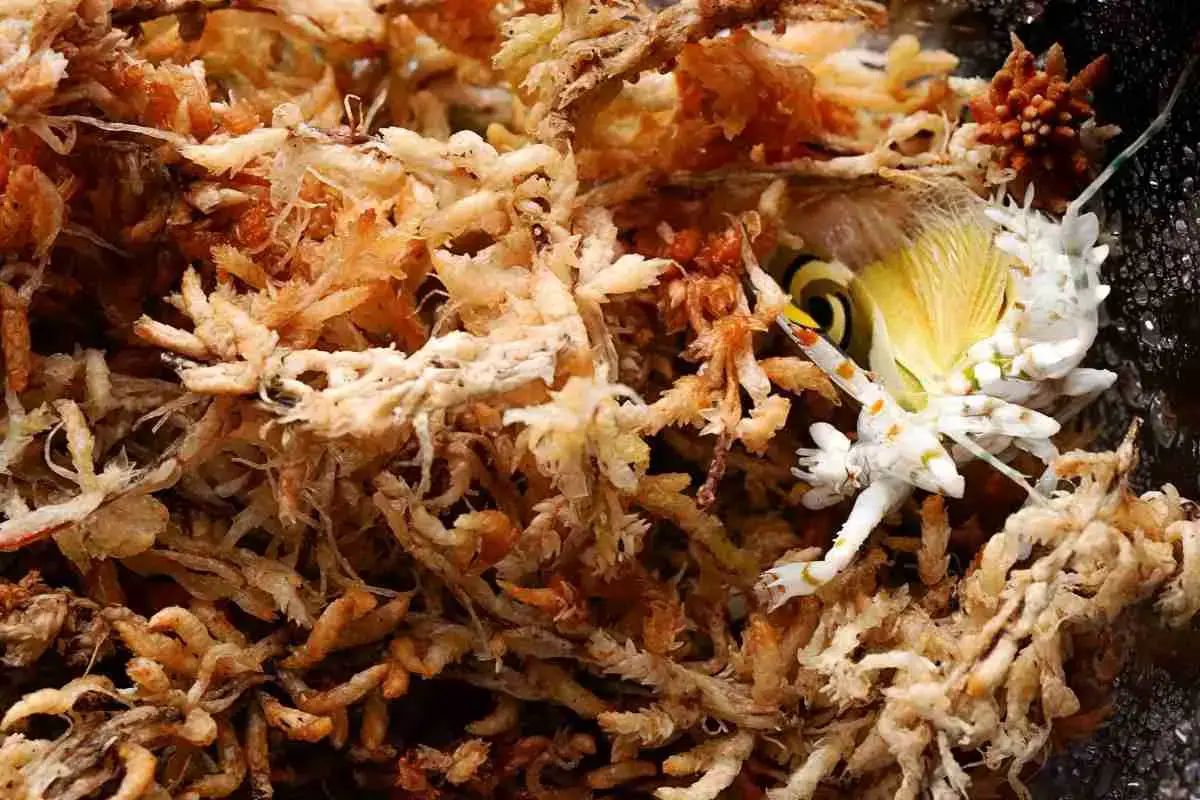
3 Simple Methods To Sterilize Sphagnum Moss
Read more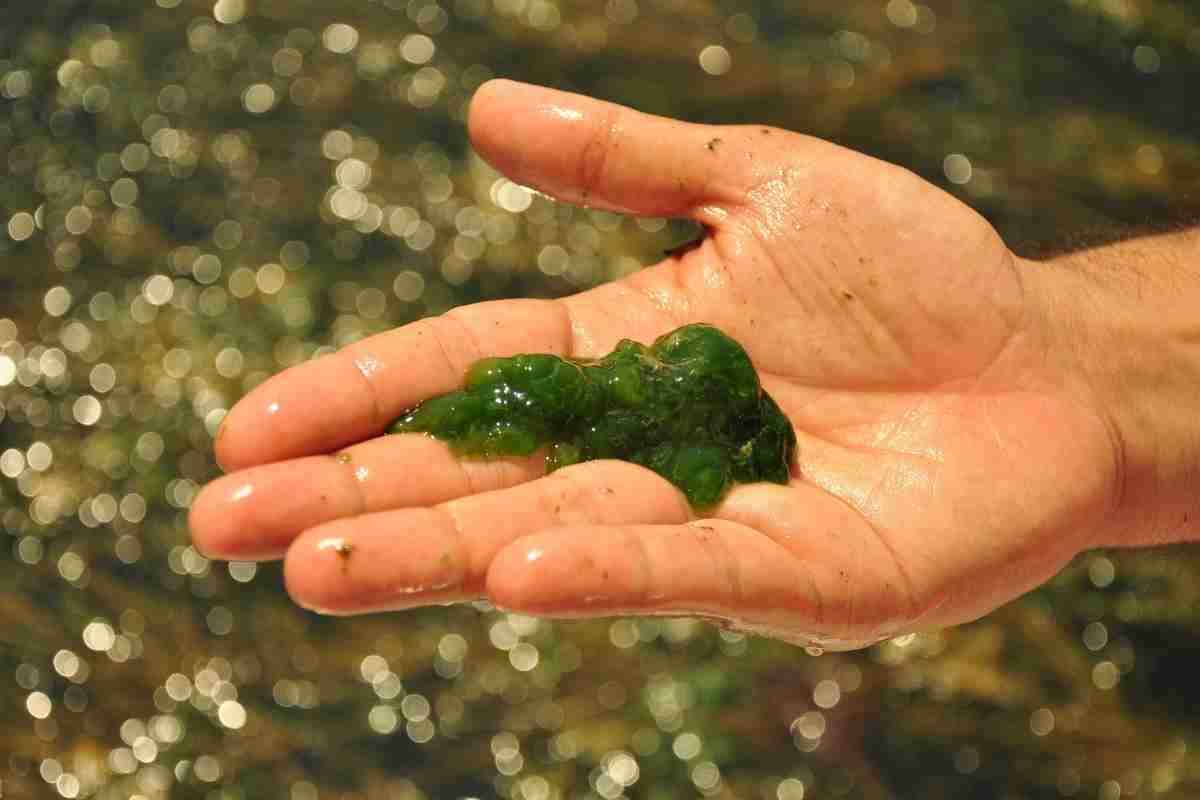
How Fast Does Algae Grow? Growth Rate Factors!
Read more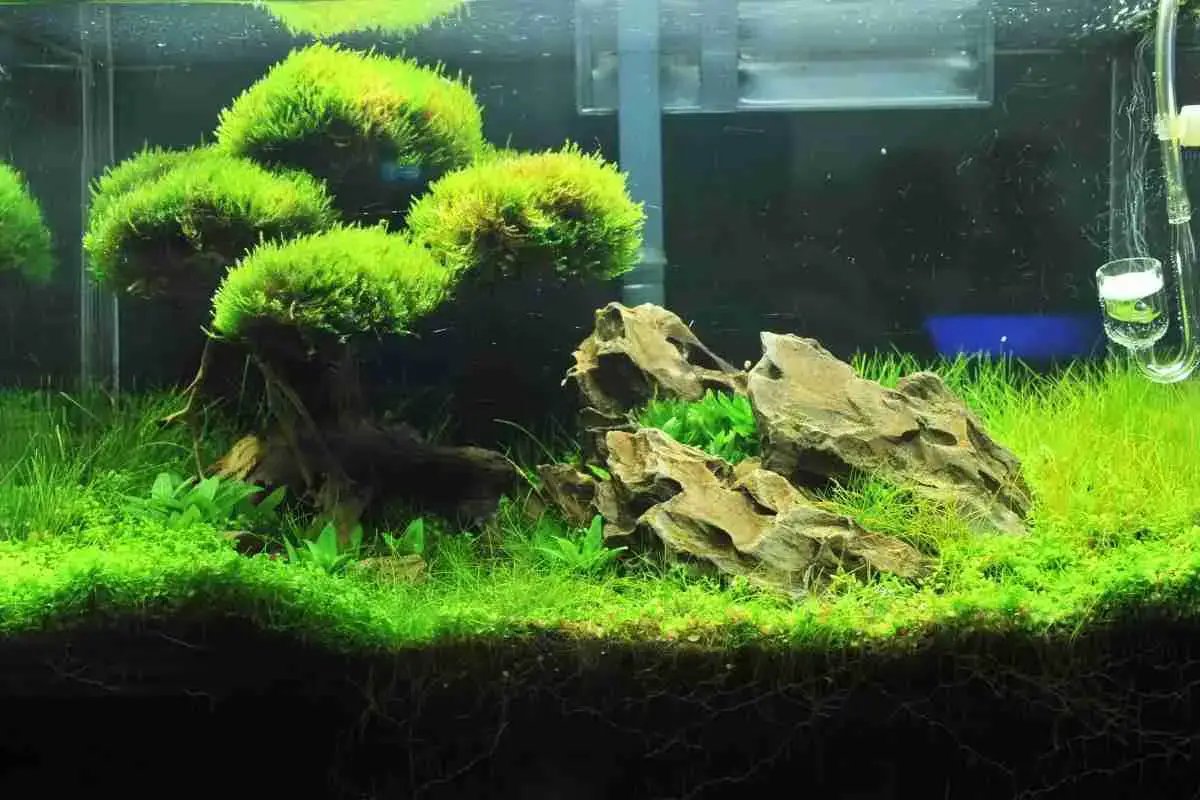
How To Grow Java Moss Carpet On Sand?
Read more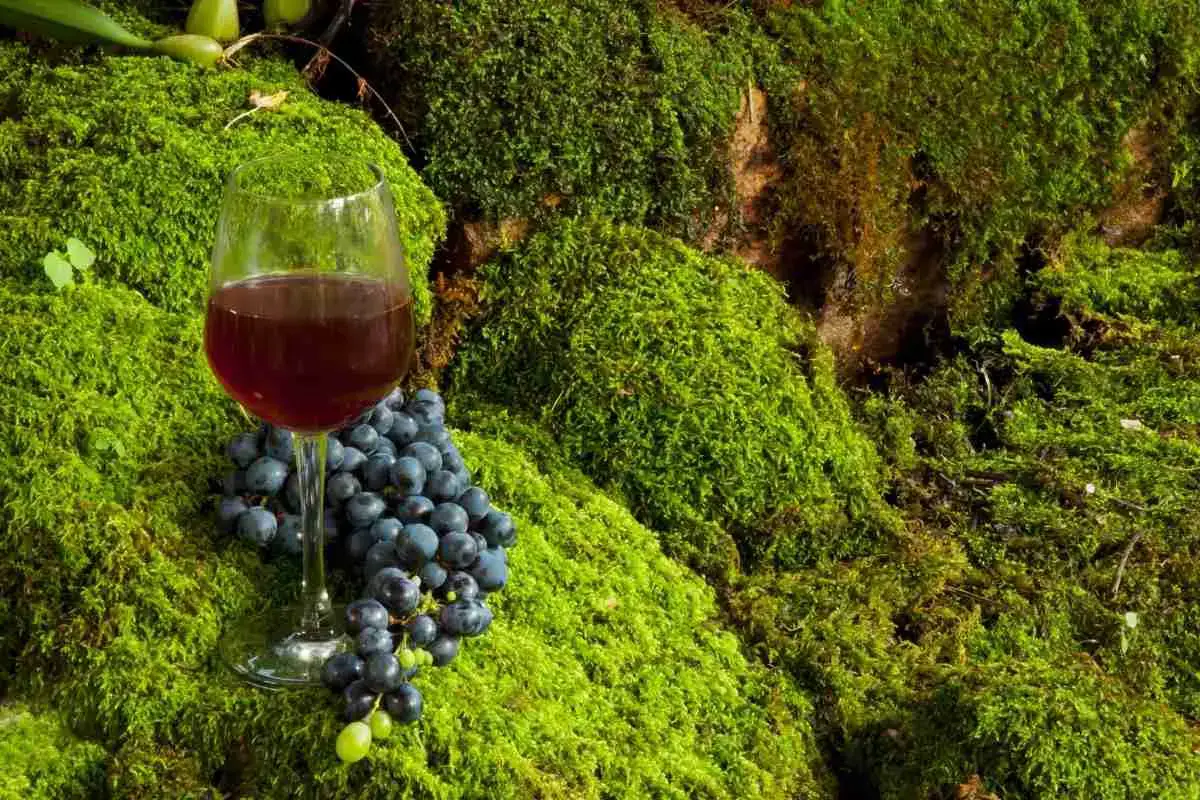
How To Grow Moss On Stone? The Ultimate Guide!
Read more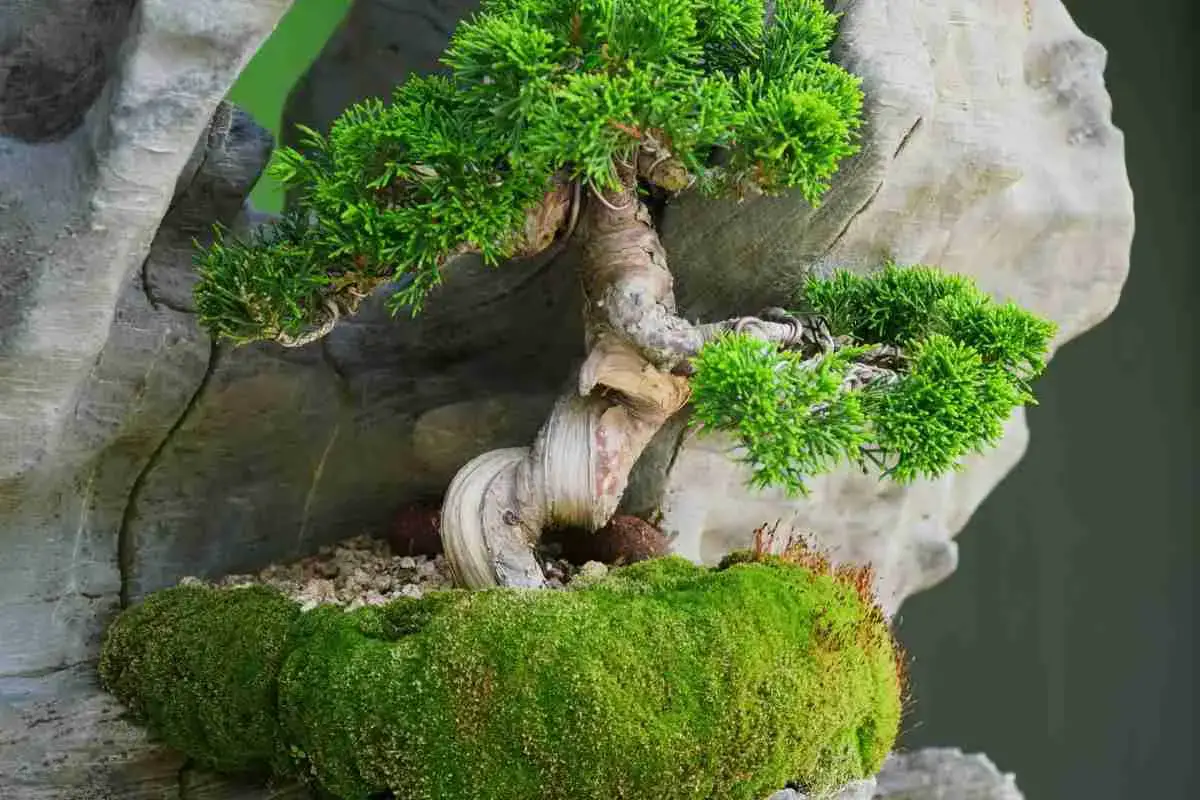
Sphagnum Moss For Bonsai: Is It Safe?
Read more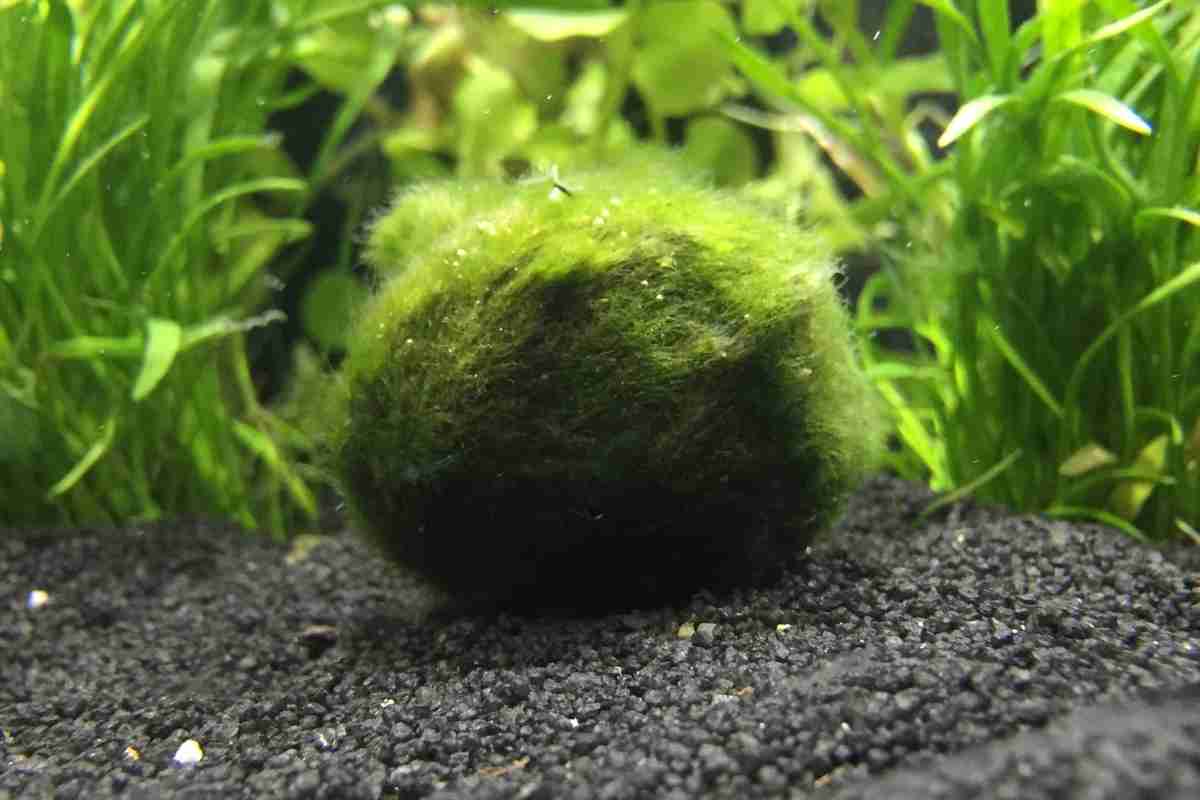
Marimo Moss Balls: Are They Safe?
Read more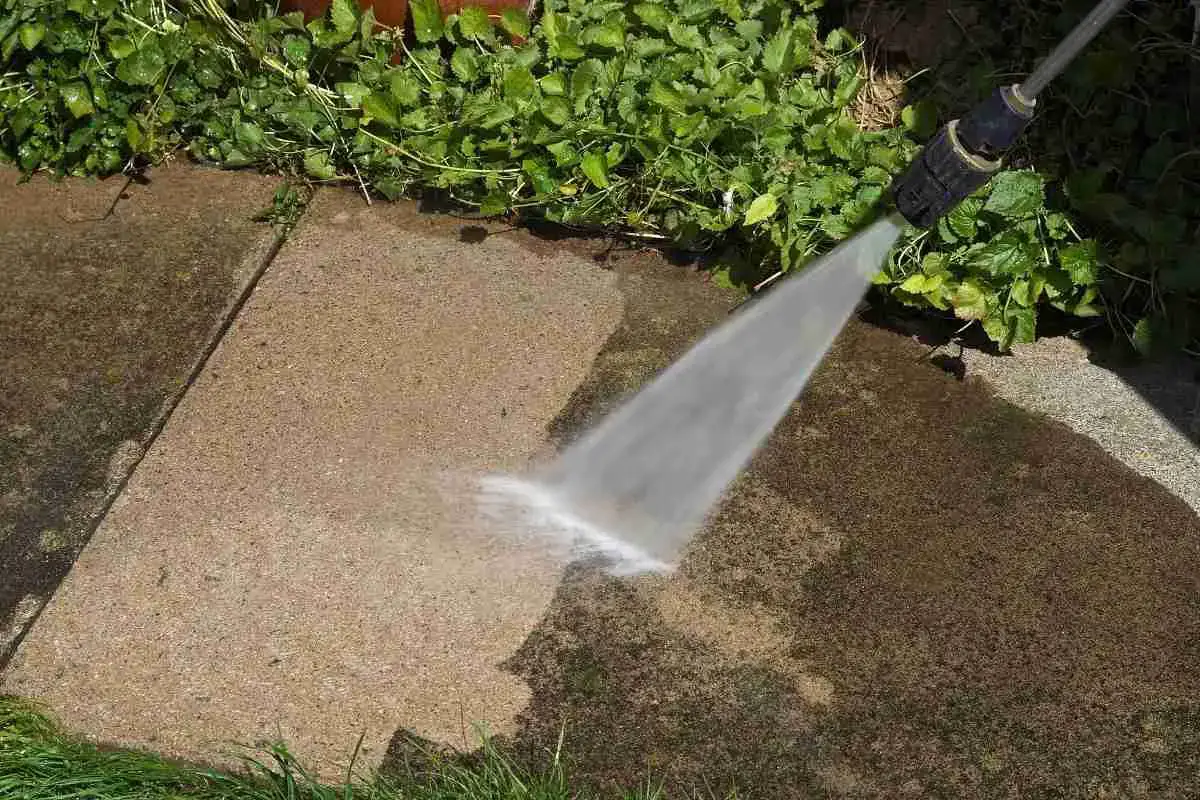
7 Easy Methods For Getting Rid Of Moss On A Patio
Read more